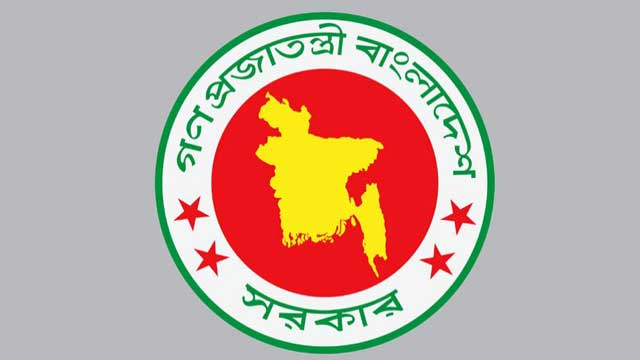The government’s outstanding foreign debt stood at $62.4 billion in FY23, marking a more than a threefold increase in 14 years and putting pressure on debt servicing amid the ongoing shortage of dollars.
In 2009–10, the government’s foreign debt was $20.33 billion.
China, Russia and India have joined the list of the lenders along with the traditional World Bank, Asian Development Bank and Japan, which altogether roughly account for 75 per cent of the debt.
However, the government borrowing does not include the loans from the International Monetary Fund and other loans taken for special purposes, according to the ‘Flow of External Resources into Bangladesh 2022–23’ by the Economic Relations Division.
Economists said that the government’s debt payment capacity would face risks if the economic return from the loans, especially those with high interest rate, becomes unsatisfactory.
Lenders disbursed $10.01 billion against the commitment of $9.7 billion in FY23 expired on June 30, 2023.
With the record disbursement of loan in FY23, the government received overall foreign loans of $122.47 billion since the country’s independence in 1971 for implementing projects under the Annual Development Programme.
Until 2021–2022, the government received overall $112 billion in loans and $101.36 billion 2020–2021.
The quick rise in the government loan has been attributed to the need for the implementation of infrastructure projects under the ADP to accelerate the economic growth.
The Economic Relations Division in its publication said that an amount of $2.57 billion non-concessional loan had been mobilised alone in FY23, accounting for 30.68 per cent of total loans committed.
Non-concessional loans mainly feature short grace with the high interest rate.
Institute for Inclusive Finance and Development executive director Mustafa K. Mujeri said that main risks came from foreign loans with short maturity period.
Referring to slow progress of many lender-driven development projects, he said that many of the projects faced both cost and time overrun, doubting about optimum economic returns from those.
Bangladesh has already been facing shortage of dollars since 2022, pulling down the country’s overall forex reserves to below $20 billion from $48 billion in August 2021.
To overcome the shortage of dollar, the government is taking $4.7 billion loan from the International Monetary Fund over the period ended in May 2026.
The Economic Relations Division in its publication said that the volatility of exchange rates and the possibility of increasing interest rates in the international market have increased the risks of escalation of borrowing costs in the coming years.
It also said that $2.67 billion was required to clear the foreign debt in FY23.
It has already calculated that the foreign debt payment would almost double to more than $4 billion in FY25.
Policy Research Institute executive director Ahsan H Mansur said that the non-concessional loan from borrowers would cause quick rise in debt payment in the coming days.
The government should be careful to negotiate with non-concessional loan to avoid debt distress, he said.
In its publication, the division also calculated the government outstanding debt to borrowers until June 30, 2023.
The amount is excluded of loans from the International Monetary Fund, credits and some special borrowings by ministry of food, Bangladesh Shipping Corporation, Bangladesh Biman, Bangladesh Petroleum Corporation, assistance for Defence, NGOs and the private sector, according to the publication.
The government owed highest $19.25 billion as debt to the International Development Association, a member of the World Bank Group providing concessional loans.
The Asian Development Bank, the Manila-based multilateral lender, has an outstanding debt of $14.4 billion.
Japan topped the list of bilateral country lenders with $10.43 billion outstanding loan.
Russia’s outstanding loans to the government stood at $5.9 billion, while that of China at $5.5 billion.
India’s outstanding loans with the government stood at $1.30 billion.
The Economic Relations Division publication showed that the presence of Russia, China and India as the country’s borrowing sources was almost negligible before 2009–10.





